Surfing is an extreme water sport that involves standing on the board and riding waves. There is only one sport called surfing, but many other water sports use a board. Some of these board sports are easier than others. While surfing is generally done in oceans and parts of the Great Lakes, other board sports can be done on small lakes and rivers. We've researched the various surfing type sports involving wave-riding on a board to give you an inclusive list of these adrenaline-pumping activities.
Surfing is the most well-known water sport that involves using a board. Several other sports allow you to enjoy the water atop a board. The material, shape, and size of the board vary based on how it is used. Waterboard sports vary greatly because they use the power of the wind, power of waves, or power of the athlete's physical strength. Some sports are easy to learn, and others require time, money, and dedication to learn well. Here is a list of the different types of "surfing" or waterboard sports:
- Bodyboarding
- Flowriding
- Kiteboarding
- Kneeboarding
- Standup Paddleboarding
- Riverboarding and River Surfing
- Skimboarding
- Surfing
- Wakeboarding
- Wind Surfing
That is a lot of different waterboard sports, and you probably don't know much about how each is unique. This post will discuss every one of these surfing-related sports in-depth. We will review what equipment is required, where it can be done, and how easy or difficult it is for beginners to get started. You will know everything you need to know to choose your next water sport adventure.
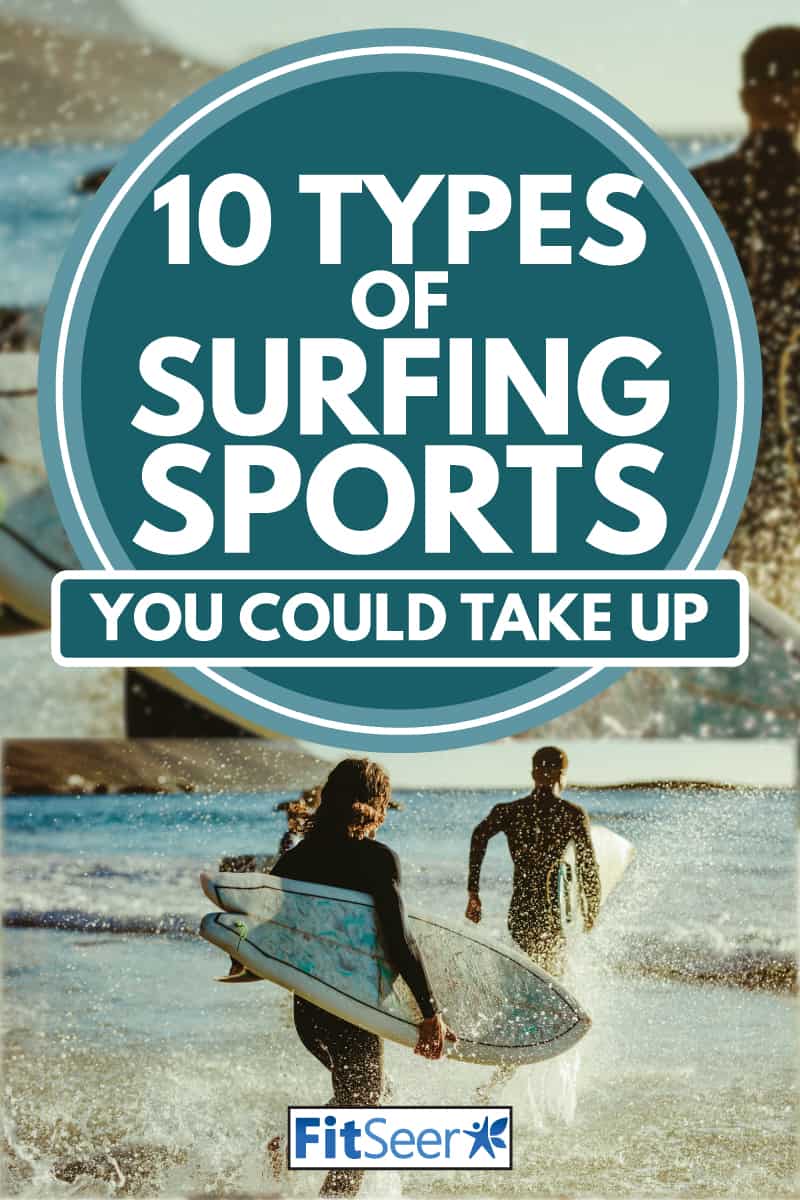
1. Body Boarding Or Boogie Boarding
Body boarding is also known as boogie boarding. The sport involves riding on the board on your belly and riding the wave. Bodyboards or boogie boards are between 38- and 44-inches long for most adults. It is an easier sport than surfing because it does not require the balance and strength of surfing.
This sport takes place in the same location as surfing, generally on ocean beaches. People with wetsuits are inclined to surf or bodyboard during any season, depending on how cold the water is. Bodyboarding is a good board sport for kids, adults, and beginners to have fun in the water.
Professional bodyboarding was started in 1982. Someone interested in becoming a professional bodyboarder should join the Association of Professional Bodyboarding (APB). This association holds world championships for men, women, and juniors. Boogie boarding on a recreational scale is not dangerous, but there are additional risks for professionals. Professional bodyboarders will compete on larger waves and are more likely to be close to a coral reef that can injure a bodyboarder or surfer that falls off the board.
Wavestorm Body Board 2 Pack
Click here to see more at Amazon.
2. Flowriding
Flowriding is a water sport that can be done over an artificial wave. It is a system that was developed to allow athletes to ride a wave continuously. Instead of riding with the wave, the water flows past the flow-rider who stays in place. This sport occurs almost exclusively at water parks around the country.
The machine that creates the wave is produced by a company called Flowrider. This sport is created based on their wave machine, so it requires you to pay by the hour each time you go flowriding. The company also sells boards made specifically for flowriding.
3. Kiteboarding
Kiteboarding is riding with your feet attached to the board while your body is attached to the kite by a harness. This is considered an extreme sport because the kite and wind have the power to lift you several feet off the water's surface. This is one of the most difficult water board sports for beginners to get started. You have to learn how to handle and maneuver the kite for a couple of hours on the beach. You would also spend several hours dragging your body on the board in the water to learn how to control the kite and the board together.
To get started with kiteboarding, you will need to get a board, fins, straps, and pads. You will also need a sentinel bar, lines, and leash. The cost to get started with kiteboarding is a minimum of $1,200 for a complete kit with all the equipment you need. It can be difficult to learn without taking lessons, which will add up to $100 per hour of instruction. To learn how to do the sport well, it would be good to have four to six hours of instruction from a qualified teacher. The Professional Kiteboard Riders Association (PKRA) and the Kiteboard Pro World Tour (KPWT) are the governing bodies for professional kiteboarding.
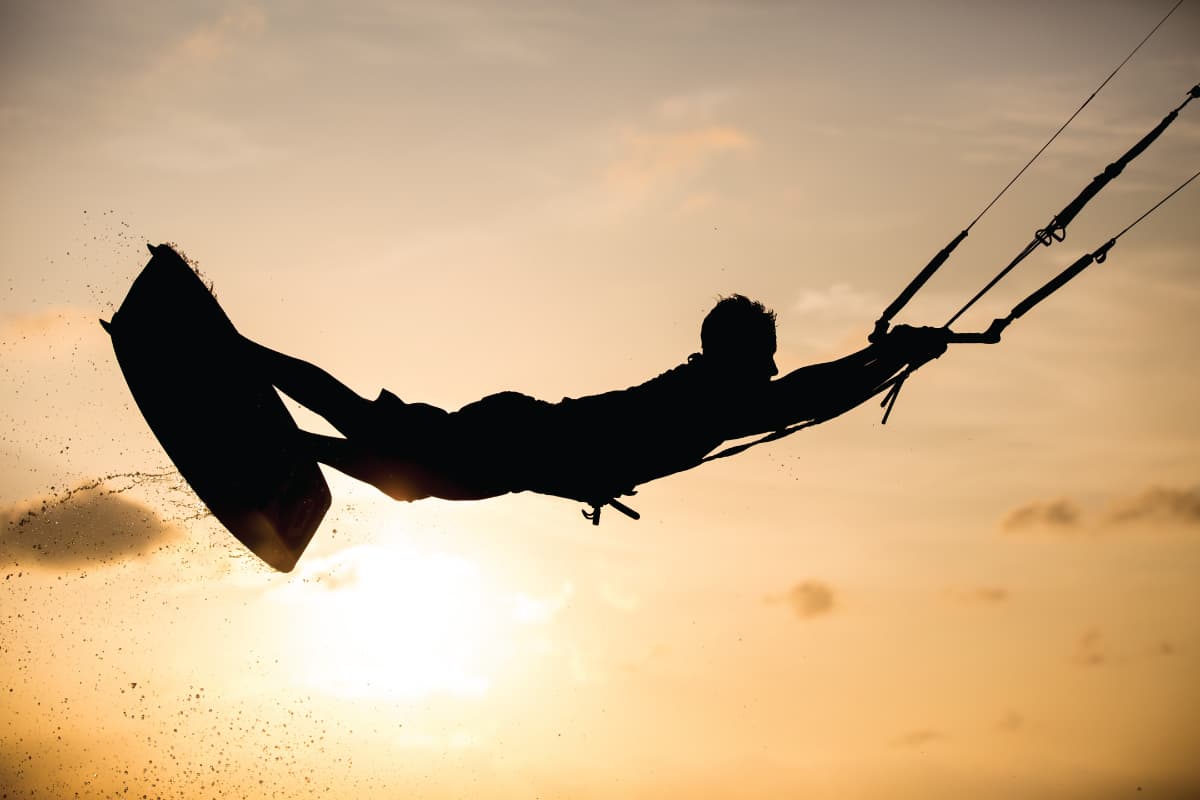
4. Kneeboarding
Kneeboarding is very similar to traditional surfing. It happens in the same locations along ocean beaches and riding the same kinds of waves. Kneeboarding has a smaller learning curve and is more accessible to different body types. Surfing requires the strength and balance to stand up on the board as the wave is coming. Kneeboarding involves paddling up to the wave on your knees, so it does not require you to pull yourself up as the wave is coming.
5. Standup Paddleboarding
Standup paddleboarding or SUP is one of the most popular board sports in the water. It can be done on any water surface where you can paddle. It does not require waves. You are propelling the board by using a long paddle with your arms. It is an easy sport to learn and begin doing on the first day.
It is also a great workout because it works your core and arms while you are paddling. It strengthens your legs because you need to maintain balance while paddling the board forward. There are even SUP yoga classes that can challenge your balance in more ways than one.
There is competitive standup paddleboarding. The competitions include sprinting, slalom racing, distance racing, and even surfing. Surfing with a standup paddleboard is challenging and atypical in the world of SUP. Since paddleboarding requires active participation to propel the board forward, competitive standup paddleboarders are very athletic. It is more tiring than other board sports and can be done on various bodies of water.
FB Sport Inflatable Stand Up Paddle Board For All Ages
Click here to see more at Amazon.
6. Riverboarding And River Surfing
The athlete will ride on a standing wave in the river. River borders will lie flat on their stomachs, while river surfers will stand like traditional surfing. There are designated water sports parks in some localities, but there are also river waves that can be found. You can ride continuously on a river wave until you fall off your board. You can ride river waves with a traditional surfboard, but regular river surfers like to spend the extra money on a board shaped for better river wave performance. There are not many options on the market for river specific boards.
7. Skimboarding
This is a shallow water board sport where the skimboarder uses physical momentum to ride the board to the incoming wave. The rider follows the incoming wave back to the shore. Because of the shallow water, the impact with rocks and the ground is higher than other board sports. Injuries are unlikely on a calm water day.
The skimboard should come up to your chest when standing straight. This is the most appropriate size for a skimboard. The United Skim Tour (UST) is the official body for professional skimboarding competitions.
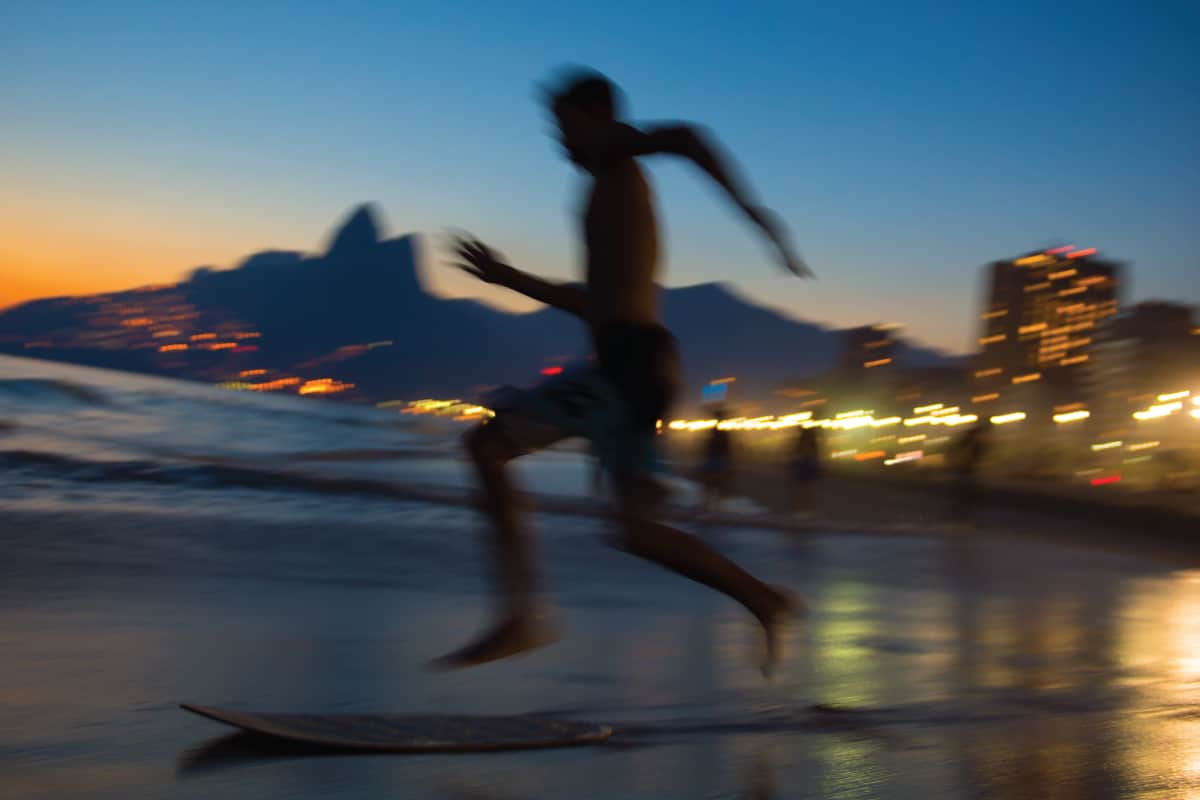
8. Surfing
There is only one sport called surfing. It is the most well-known board sport that occurs in the water. The difficulty with learning surfing is figuring out when to stand up on the board and having enough strength to quickly pull yourself up. Beginner surfers can get tired fast because it requires so much strength each wave you attempt to ride. After you figure out when and how to stand on the board, you must learn how to balance on a board in the water. This can be improved through other exercise programs, including yoga and stretching.
Surfing is considered an extreme sport, although it is not very dangerous in most cases. Surfing only requires you to have a board and a leash to keep your board from getting lost. Surfing can be done year-round in certain places, depending on how well you handle cold water. Surfing was going to be a competition in the Summer Olympics 2020 in Tokyo. The games were not held due to the coronavirus pandemic but are expected to occur in the Summer of 2021.
Wavestorm 8 Ft Classic Surfboard For All Ages
Click here to see more at Amazon.
9. Wakeboarding
This is a water board sport that requires a boat to tow the athlete. The wakeboard needs bindings and boots to attach the person's feet to the board. Then he or she will grab on to the rope that is attached to the boat. The boat creates a wake for the rider to ride and possibly perform tricks.
Any motorized boat will create a wake, but certain boats are considered wakeboarding boats. These boats are heavier, more powerful, and designed to create a full v-shaped wave for the wakeboard. Wakeboarding is fun for people of all ages.
The World Wake Association is the professional body for wakeboard competitions. The association has been hosting events for nearly 30-years. The Wakeboard World Series crowns a champion every year. These competitions are decided based on the tricks that are attempted and completed successfully. Beginner wakeboarders will need to learn how to stand and balance on the board before attempting any tricks.
10. Windsurfing
Windsurfing is very similar to kiteboarding, but it is easier to get started. A windsurfer will use a board that has a sail already attached. The windsurfer does not attach to the board, or the sail like the kiteboarder does. It requires less equipment and training to get started. Since the wind is the propeller in this sport, it does not require waves to participate. You can windsurf anywhere there is a body of water and wind. This includes rivers, estuaries, and reservoirs.
In Closing
Surfing is an extreme sport that brings adrenaline to your exercise routine. Surfing can only be done where there are large, regular waves. If you live in a part of the world that is not near an ocean, there are alternatives. The only requirement for waterboard sports is a body of water and a board. The size and the type of board that is best depend on your purpose. It is best to look at all of the board sport options and decide which you are most likely to do regularly before choosing board and gear.
Boardsports can vary greatly. Wakeboarding requires a boat to tow you and create the wake for you to "surf." The ocean creates waves for surfers, bodyboarders, and skimboarders to ride. Kite and wind boarding harness the power of the wind to glide you across the water with or without any waves. Stand-up paddleboarding requires your active engagement to move the board on any body of deep enough water.




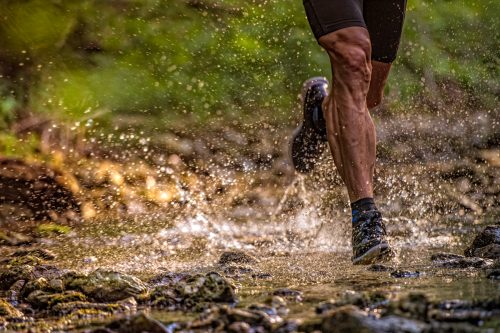
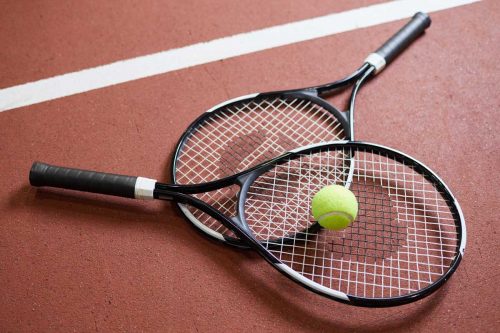

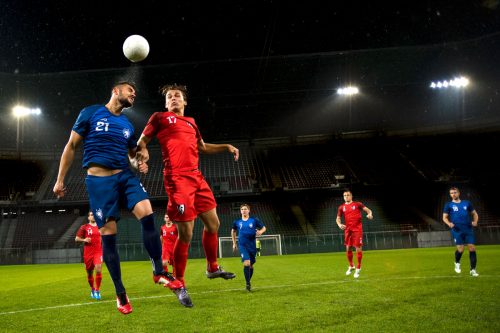

![Read more about the article What Sizes Do Pilates Rings Come In? [With Tips On How To Pick The Right Size]](https://fitseer.com/wp-content/uploads/2021/10/A-black-pilates-ring-on-a-blue-pilates-mat-500x333.jpg)